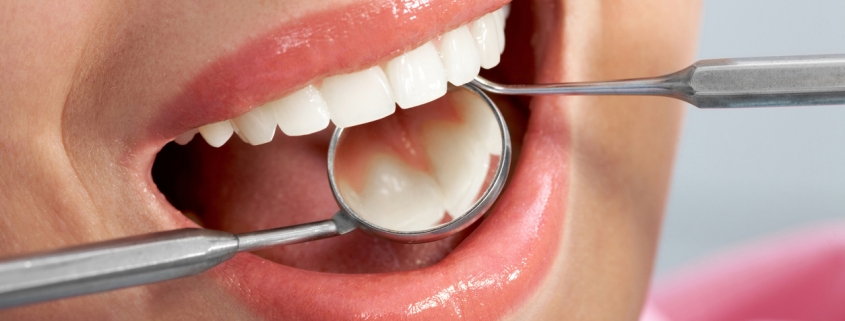All About Tooth Fillings
Different materials are used in tooth filling, also known as tooth restoration. The type of material used depends on several different factors, including the size and location of the decay, as well as the cost of filling. Two of the more common options are filling the teeth with porcelain or filling silver amalgam.
Silver amalgam fillers are actually a combination of several metals that are retained with a small amount of mercury. Although the idea of having mercury in the mouth may scare some people, it has been found that the level of mercury in dental amalgam is harmless in this regard. These fillings usually last for at least 10 to 15 years on the teeth and can sometimes stay well on the teeth for decades. The reason for their longevity is that they are made of metal, which means that they show a hard surface. This is just one of the reasons why many dentists use this substance to fill large cavities.
When is it necessary to fill a tooth?
Almost all of us have or have had at least one tooth cavity at one point or another. It is very rare for a person to live their whole life without ever having this type of tooth decay. Some unlucky people seem to have regular cavities in their teeth, while many others may take years to develop the next tooth cavity in their mouth.
Cavities form when the hard, outer layer of your natural tooth is damaged. Damage occurs when bacteria make acid with the sugars in your teeth. This acid then combines with saliva and food to form plaque. Plaque and acids damage teeth by creating holes or cavities in the upper layers of the tooth until the inner pulp is affected. This can eventually lead to the need for root canal treatment and denervation.
These dental caries can occur in both adult and deciduous teeth. These injuries can often be painful, causing tooth sensitivity and pain when biting, and can even be seen as a hole or pit that can be seen with the naked eye. There are several reasons for this tooth decay, including:
Consume sugary drinks
Inadequate and irregular dental care
Eating regular meals and snacks
Excess bacteria in your mouth
Going to the dentist can reveal cavities on your teeth during the examination that you still cannot identify. This is why it is very important to see your dentist twice a year for cleaning and examination, as this can prevent any dental problems from getting worse. For example, sometimes a course of fluoride therapy is enough to treat a small cavity in the early stages.
As soon as the cavity is present, it is essential to treat the caries as soon as possible to prevent it from spreading.
Is the mercury in dental amalgam safe?
Most people know dental amalgams as silver fillers. Tooth amalgam is a mixture of mercury, silver, tin and copper. Mercury, which makes up about 50 percent of the compound, is used to bind metals together to create a strong, hard, and durable filler. It has been found that after years of research, mercury is the only element that binds these metals together so that they can be easily used in cavities.
Mercury is not toxic to dental amalgam. When mercury combines with other materials in dental amalgam, its chemical nature changes, so it is essentially harmless. The amount of mercury released in the mouth under the pressure of chewing and grinding food is very small and there is no reason to warn. In fact, it is much less than the mercury that patients are exposed to in food, air and water.
Ongoing scientific studies over the past 100 years continue to prove that amalgam is not harmful. Allegations of mercury-induced diseases in amalgam, as well as claims of miraculous therapies obtained by removing amalgam. These claims have not been scientifically proven.
Why do dentists use dental amalgam?
Dental amalgam has withstood the test of time, which is why it is the material of choice for filling dental cavities. This method has a proven history of 150 years and is still one of the safest, most durable and least expensive materials used to fill cavities. It is estimated that more than 1 billion teeth are repaired amalgam (fillings) annually. Dentists use dental amalgam because it is easier to work with than other options. Some patients prefer dental amalgam to other options because of their safety, cost-effectiveness, and ability to be placed in the dental cavity quickly.
This material is a valuable option in suitable conditions because it can withstand the load and high pressure of chewing for molars (back). It is also useful in areas where it is difficult to keep the cavity dry when replacing fillings, such as deep fillings below the gum line.
Contact your dentist if you have any more questions or require a consultation about tooth fillings.

